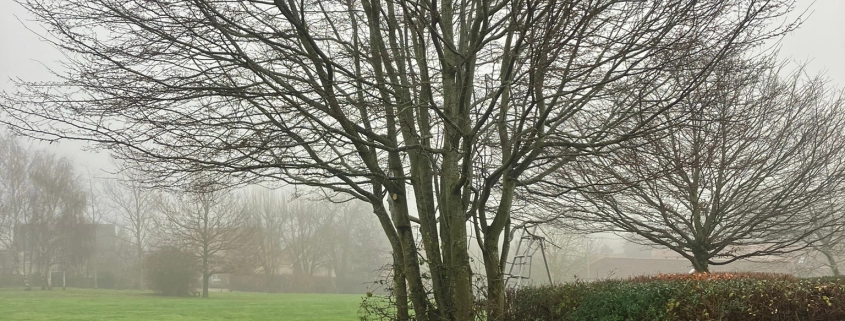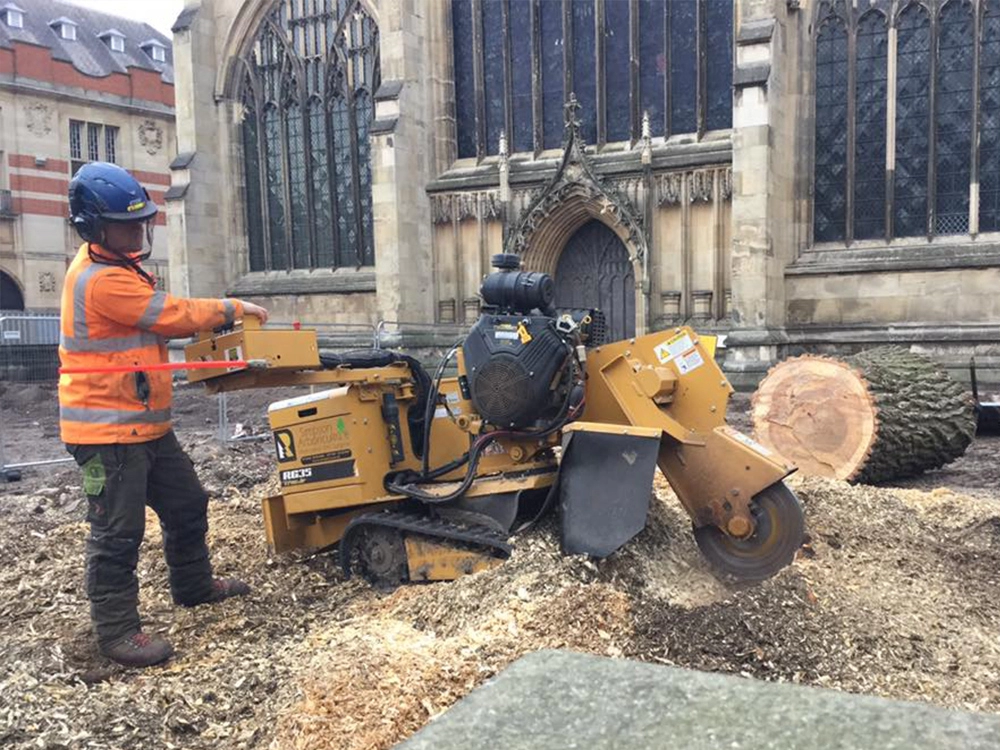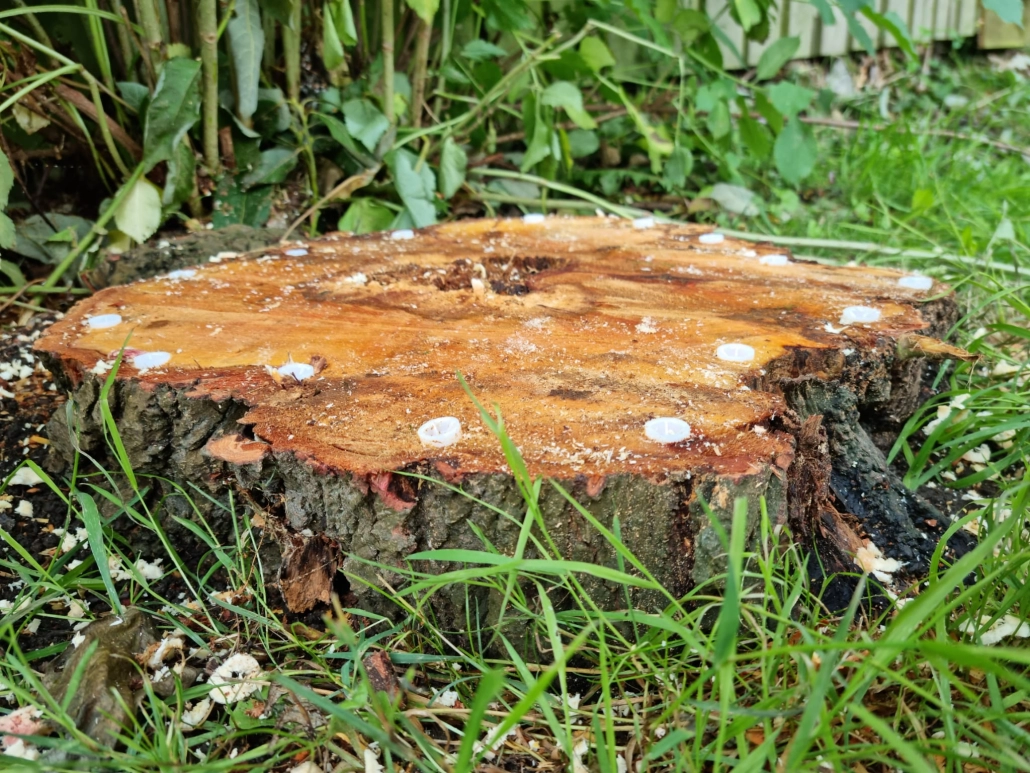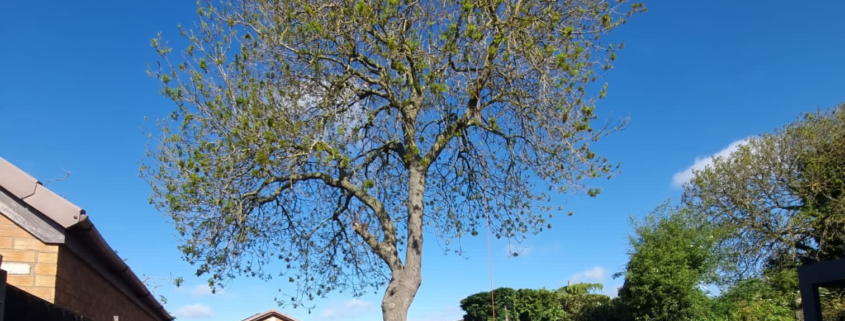At Simpson Arboriculture, we know that trees are not only a beautiful addition to your landscape but also vital for a healthy environment. To keep your trees thriving and safe, it’s essential to provide them with regular maintenance throughout the seasons. In this blog, we will discuss the importance of year-round tree care and the specific tasks you should consider to ensure that your trees remain healthy and strong.
Spring: Pruning and inspection
Spring is the season of renewal and it’s the perfect time to kickstart your tree maintenance routine. Here’s why:
- Pruning. Early spring, before the leaves fully emerge, is an ideal time for tree pruning. This process helps remove dead or damaged branches and encourages new growth. It’s always best to check with the experts of course, as some tree species have different requirements. Our team at Simpson Arboriculture would be happy to advise you.
- Disease and pest prevention. As trees start to bud, it’s essential to inspect them for signs of disease or pest infestations. Early detection can prevent these issues from spreading and causing serious damage.
Summer: Hydration and mulching
- Hydration. Regularly water your trees, especially during dry spells to prevent stress and dehydration. Deep watering is more effective than surface watering.
- Mulching. Apply a layer of mulch around the vase of your trees to retain moisture, regulate soil temperature and suppress weed growth.
Autumn: Removal and assessment
In the Autumn, leaves begin to fall and it’s time to start preparing your trees for winter.
- Leaf removal. Keeping your lawn free of fallen leaves can help prevent diseases, improve air circulation and avoids suffocating your grass and trees
- Assessment. Use the autumn season to inspect your trees for structural issues and consider pruning or cabling to prevent winter-related breakage.
Winter: Pruning and protection
While many trees may appear dormant in winter, it’s still a crucial season for maintenance.
- Pruning (late winter). Late winter is an excellent time to prune trees while they are dormant. Again, it is always best to check with a professional to ensure that this is right for the tree species as the best time for pruning for some species will vary.
- Protection from the elements. Winter storms can be harsh on trees. Be sure to protect them from heavy snow and ice, and consider wrapping young trees to prevent frost damage.
Year-round tree care and maintenance
Simpson Arboriculture emphasises the importance of regular tree maintenance through all seasons. Each season offers unique opportunities to care for your trees, ensuring their health, longevity and safety. If you’re unsure about the specific needs of your trees, it’s always a good idea to consult with a professional arborist. This will help you to plan your tree maintenance and the best time of the year to carry out the work. A little care throughout the year goes a long way in preserving the natural beauty of your garden and ensuring strong and healthy trees for many years to come.







